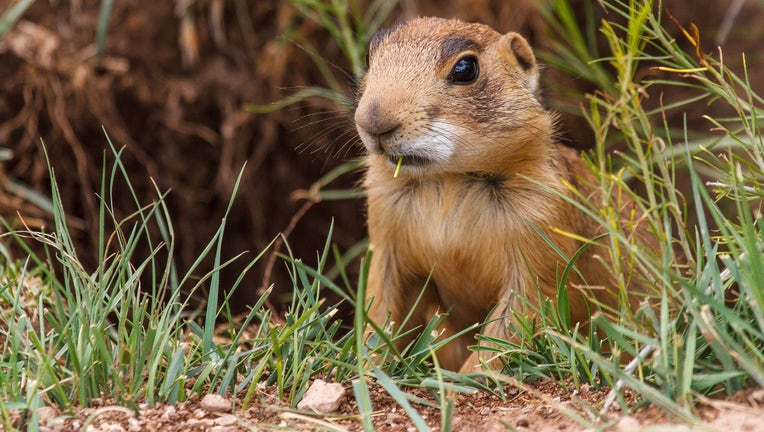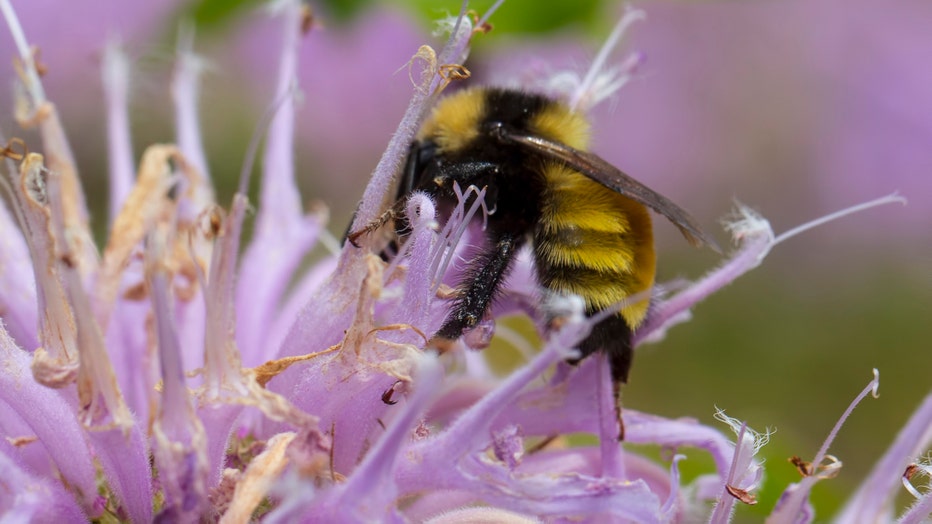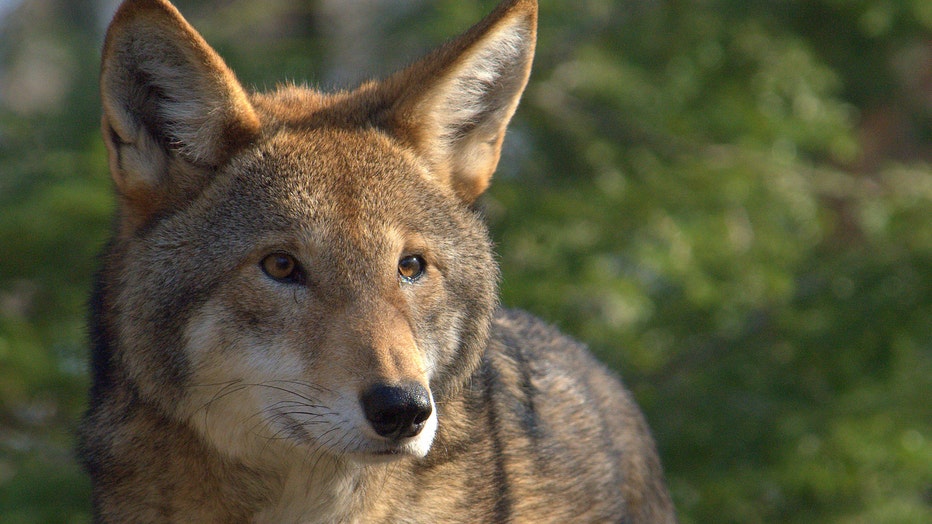Staggering number of animals, plants at risk of extinction in US, new report finds

Utah prairie dog (Cynomys parvidens) NatureServe Global Status: Imperiled (G2); ESA Listing Status: Threatened Photo by James Marvin Phelps
A new report that analyzed more than 50 years of biodiversity data has reached a startling conclusion: 40% of animals and 34% of plants in the U.S. are at risk of extinction.
The Biodiversity in Focus: United States Edition report by NatureServe is the first of its kind to examine this level of threat to species and ecosystems. It used decades of data from the NatureServe Network, a collaborative of more than 60 programs that collect information on conservation.
The authors also examined risks to the nation’s ecosystems and identified 41% of them at risk of "range-wide collapse."
"We are currently experiencing and causing the Sixth Extinction—the mass extinction of species across the planet," Dr. Sean T. O’Brien, president and CEO of NatureServe, said in a prepared statement.
What are the biggest threats to plants and animals?
Researchers found four primary threats to biodiversity in the U.S.:
- habitat degradation
- invasive species
- dams
- climate change

American bumble bee (Bombus pensylvanicus) NatureServe Global Status: Vulnerable (G3); ESA Listing Status: Under Review Photo by Larry Master (masterimages.org)
The at-risk species identified in the report are concentrated where biodiversity threats are the greatest, but researchers say species face varying types and levels of threats in different regions of the country.
READ MORE: Washington’s Hinman Glacier gone after thousands of years
Bees, for example, are particularly threatened; 37% of their classified species are at risk. Bees in the West, however, are more at risk than bees in the East.
"Because many protected areas prioritize geological features or landscapes of cultural significance instead of targeting threatened biodiversity, most at-risk species and ecosystems are insufficiently protected to prevent further decline," the report concludes.
How many animal species are at risk?
The report found 10,914 animal species at risk of extinction.
Of those, freshwater animals were the most threatened. Those include:
- amphibians
- snails
- mussels
- crayfish
- aquatic insects
READ MORE: Western monarch butterfly population suffers due to atmospheric river storms
But it’s not just freshwater animals at risk. More than 770 species of birds are threatened, as are nearly 900 fish species and 638 types of butterflies. Some 440 mammals are at risk of going extinct.
How many plant species are at risk?
A stunning 16,671 plant species are at risk of extinction, researchers conclude.
Of those, 48% of cactus species are threatened, while about 200 tree species (20%) are at risk of being wiped out.
Researchers found 19% of the hundreds of grass species that form prairies and marshland are "at risk of vanishing forever."
"Preventing plant extinction is essential to maintaining ecosystem function and the services that wildlife and people rely upon," the report says.
How many ecosystems are at risk?
The report found 383 ecosystems at risk of extinction, with temperate grasslands among the most threatened.
More than 78 types of grassland are in peril, and just over half of those are at risk of "range-wide collapse."
Tropical ecosystems are all under substantial threat, the report says, but there are fewer of them and they account for a smaller area.
READ MORE: Crabbing industry loses fight to prevent fishing in critical Alaskan ecosystem
Of the 107 types of native U.S. forests, 40% of them are in at-risk status.
"America’s once vast grasslands and diverse, life-sustaining wetlands are highlighted as being in particular need of conservation attention," authors wrote.
What can be done?
The report shines a light on "species and ecosystems in peril" and requires major investment, particularly in land acquisition and management, to protect them, researchers say.

Red wolf (Canis rufus) NatureServe Global Status: Critically Imperiled (G1); ESA Listing Status: Endangered Photo by Ucumari Photography (Flickr) ( )
"Those investments need to be targeted where they can have the greatest impact, and this report helps spotlight the species, ecosystems, and locations where resources are most needed," analysts said.
The report’s authors support the 30x30 global initiative, which calls for the conservation of 30% of the world’s land and water by 2030. The movement started with global calls for setting aside portions of the Earth as protected, and became official policy in the U.S. in 2021, according to its website.
"Two-fifths of our ecosystems are in trouble," Regan Smyth, vice president for data and methods at NatureServe, said in a statement. "Understanding and addressing these risks is critical if we are to forestall devastating consequences for the biodiversity that humanity needs to survive."
You can read the full report here.

